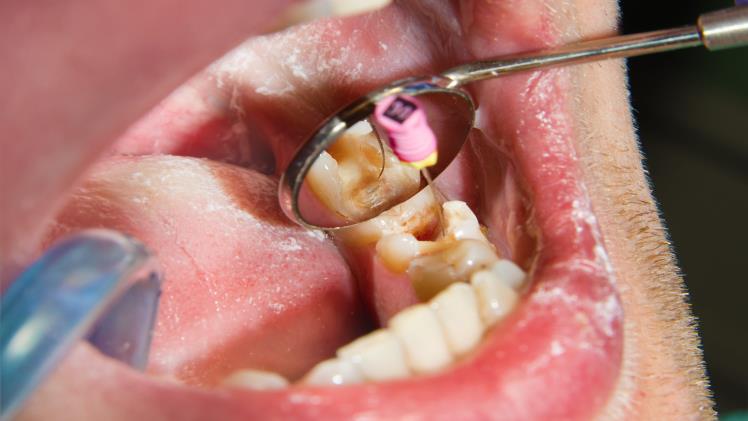A root canal is a dental procedure that is often misunderstood and feared by many due to misconceptions about its duration and potential discomfort. However, modern dentistry has made significant advancements in pain management and techniques, making root canals a routine and relatively comfortable procedure.
- Diagnosis and Preparation: The first step in a root canal procedure is diagnosing the need for one. Diagnosing the need for a root canal treatment involves assessing persistent tooth pain, sensitivity to hot and cold, and swelling of the gums. Your dentist will examine your tooth and take X-rays to determine the extent of the infection or damage to the tooth’s pulp. Once it is confirmed that a root canal is necessary, the dentist will discuss the treatment plan with you and schedule the procedure. This initial evaluation and preparation typically take one dental appointment.
- Anesthesia and Access: On the day of the root canal treatment, your dentist will administer local anesthesia to numb the area around the affected tooth. This ensures that you will experience minimal discomfort during the procedure. Once the area is numb, the dentist will create a small access hole in the tooth’s crown to reach the pulp chamber and root canals.
- Cleaning and Shaping: With access to the pulp chamber and root canals, the best dentist in Plano will use specialized instruments to clean out the infected or damaged pulp tissue and remove any debris. The canals are then carefully shaped to allow for effective filling and sealing later on. The duration of this cleaning and shaping process can vary depending on the tooth’s complexity and the extent of the infection.
- Medication and Temporary Filling: In some cases, your dentist may apply medication inside the cleaned root canals to eliminate any remaining bacteria and reduce the risk of infection. Afterward, a temporary filling material is placed in the access hole to seal the tooth temporarily. This allows time for the tooth to heal and ensures that no new bacteria enter the cleaned canals.
- Final Filling and Restoration: In a subsequent appointment, usually within a week or two, the temporary filling is removed, and the root canals are thoroughly inspected to ensure they are free of infection. If everything looks favorable, the dentist will fill the canals with a rubber-like material called gutta-percha and seal the access hole with a permanent filling. Depending on the tooth’s location and condition, a dental crown may be recommended to protect and restore the tooth’s structure.
Overall Duration: The entire root canal procedure, from the initial diagnosis to the final restoration, typically takes two to three dental appointments. The duration of each appointment may range from 60 to 90 minutes, depending on the complexity of the root canal and the tooth’s condition.
Conclusion:
Root canals are essential dental procedures that can save an infected or damaged tooth from extraction. Contrary to common misconceptions, modern root canal treatments are generally painless and can be completed in just a few dental visits.
By promptly seeking root canal treatment and following your dentist’s recommendations, you can expect a smooth root canal experience and preserve your natural tooth for years to come. Remember, maintaining good oral hygiene and attending regular dental check-ups are vital in preventing the need for extensive dental procedures like root canals in the first place.

